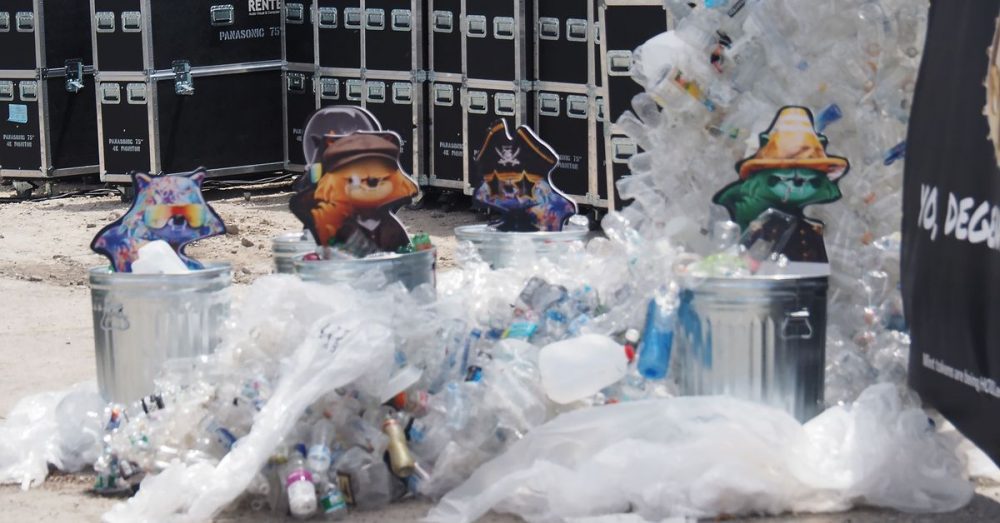The Solana Foundation released an emissions dashboard Friday to track the carbon footprint created by the thousands of computer servers that power the Solana blockchain.
Solana’s servers emitted 10,651 metric tons of carbon dioxide in the 12 months prior to April 1, 2023, according to the dashboard built by footprint calculator Carbonara. That’s roughly equivalent to eight flights from London to New York, based on CoinDesk estimates derived from data showing that route would produce about 1,300 metric tons.
Pressure is growing for the crypto industry to take more accountability on blockchain-related emissions’ contributions to the climate crisis. The Bitcoin blockchain especially has come under wide criticism among environmental advocates for the amount of energy needed to mine the cryptocurrency, and the Ethereum blockchain’s transition to a “proof-of-stake” network was partly motivated by the desire for a more energy-efficient system.
Decentralized blockchains rely on massive networks of servers spread around the world; keeping them running requires plenty of electricity, and thus emits plenty of carbon.
Read more: Crypto Carbon: Can Blockchain Networks Fix Carbon Offsets?
While most environmental critics’ crypto ire is focused on Bitcoin – its “proof-of-work” mining system is by far the most energy intensive process among the major blockchains – smaller networks like Solana are still committing to transparency reports that shed light on consumption.
Solana’s topline footprint is an estimate based on where the network’s validators (who handle transaction processing) and RPC nodes (who feed data into the blockchain) are in the world, Austin Federa, the Solana Foundation’s head of strategy, told CoinDesk. He said the dashboard models the local electrical grids.
Recommended for you:
- Former NBA Player Baron Davis Says Celebs Will Focus More on ‘Utility’ Tokens
- Bitcoin Breaks $25K as U.S. Inflation Slowed to 6% in February
- Chainlink Unveils Crypto ‘Keepers’ and Anti-Fraud Blockchain Bridges
- Join the Most Important Conversation in Crypto and Web3 in Austin, Texas April 26-28
“We’re probably over-estimating because data centers often have offset programs that we’re not accounting for,” he said in a text message.
Future iterations of the dashboard could provide emissions data down to the wallet so that users of the blockchain can track their individual footprints, a blog post said.







